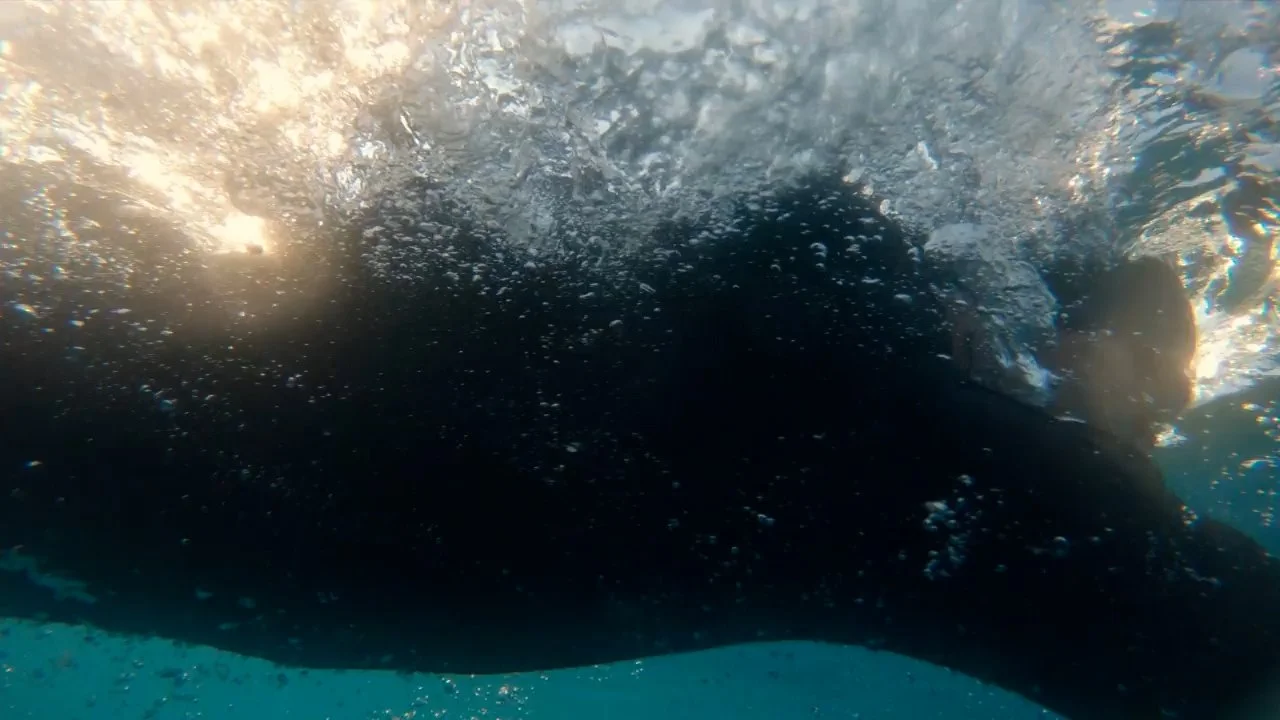Refractive Lens Exchange, London
Refractive Lens Exchange (RLE) Surgery
Refractive lens exchange (RLE) is an alternative to laser eye surgery for patients who are not suitable for LASIK or LASEK/transPRK, or for those who need glasses or contact lens and are already starting to develop cataracts.
Extended Depth of Focus (EDOF) and Multifocal Intraocular Lens
Refractive Lens Exchange (RLE) or lens replacement is an advanced form of vision correction that is typically recommended to those over 50 years old who need spectacles or contact lens for good distance and near vision. Whilst no treatment can rewind the clock to restore the vision you had in your twenties, lens replacement is a low risk and effective treatment to reduce dependency on glasses.
In RLE, multifocal or extended depth of focus lens are used rather than a standard monofocal lens. Multifocal lens are those with multiple focal points (eg. bifocal or trifocal), so providing distance and middle vision and/or near vision. Multifocal lens work well in people who want to minimise the need for reading glasses and are prepared to accept some compromise. This is because even with the latest advanced multifocal lens, there will still be a mild glare or halos in some lighting situations.
Extended depth of focus (EDOF) lenses are the latest optical design of lens and provide a perceived continuous range of focus (rather than multiple discrete focal points). Their optical designs are complex providing greater depth of focus than a standard monofocal lens, but with less optical compromises and side effects that are associated with a multifocal lens.
Femtosecond Laser Assisted Lens Replacement
Some of the stages of lens exchange surgery can be completed more precisely using a femtosecond laser than can be done by the surgeon’s hand.
Femtosecond laser assisted lens exchange surgery also allows for correction or reduction of mild to moderate astigmatism at the time of surgery. This is done by making femtosecond laser intrastromal astigmatic keratotomies in the cornea, these result in precise flattening of the corneal where they are located so correcting the astigmatism. The gas bubbles disappear within a matter of minutes and their effect remains.
The laser part of the procedure only takes a few minutes and is painless, and the remainder of the procedure is then completed as usual in theatre.
Frequently Asked Questions
-
Refractive lens exchange and cataract surgery are technically the same procedure (termed phacoemulsification and IOL).
The difference is the indication for surgery – in lens replacement the natural lens is still clear and a cataract has not yet developed.
-
RLE surgery typically takes less than 15 minutes per eye.
Whilst RLE can be performed with just anaesthetic eye drops alone, it is generally much more pleasant if combined with light sedation that works quickly and wears off very quickly with no hangover effect.
For this reason, Mr Alex Day’s RLE surgery price includes the fee for a dedicated Consultant Anaesthetist whose sole responsibility is to ensure your surgery is totally pain-free.
-
The aim of refractive lens exchange is to maximise spectacle independency.
Unfortunately there is no treatment yet that can essentially rewind the clock and give you the vision you had in your 20s or 30s.
However, modern advanced multifocal or enhanced depth of focus intraocular lens are such that glasses may only be needed for certain tasks such as night driving or fine near work.
-
There 3 main lens optical designs - monofocal, multifocal or extended depth of focus (EDOF).
A monofocal lens is the standard type of intraocular lens and has a single point of focus. NHS lens implants are monofocal lens.
Multifocal or extended depth of focus lens are termed “premium lens” and are designed to provide the sharpest possible vision over a wider range of focus.
Lens designs may also be “toric” which means they help correct or reduce high astigmatism.
-
Refractive lens exchange is a low risk procedure, but not a zero risk procedure. The level of surgeon experience and number of surgeries performed per year are the two biggest factors determining surgical outcomes.
The vast majority of complications are minor and treatable by eye drops.
The average risk of a complication causing significant vision loss that cannot be treated by glasses or contact lenses is 1 per 1000 cases or lower.
-
Yes the lens implant is designed to last for your lifetime.
You will not need to undergo cataract surgery later in your life as the lens has already been replaced.
Very rarely the lens may need replacing due to an unexpected manufacturing defect, this is estimated to be less than 1/10,0000 cases.
-
Immediately after surgery, the vision is soft focus and takes a couple of days to settle.
Most people can restart their normal work and driving within a week of surgery.
Eye drops are needed for one month.
Start your journey
The best way to find out more about how to improve your vision is to give us a call or use this form to request a call back.




